Gaming
How Machine Learning in Video Games Will Disrupt the Industry
Published
3 years agoon
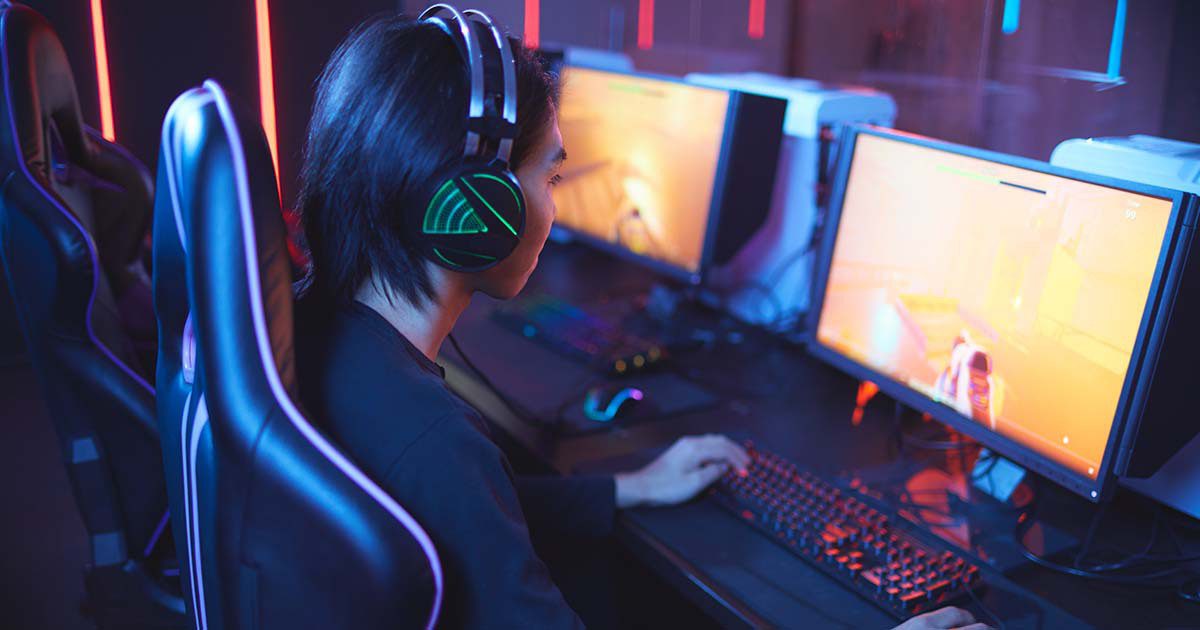
You may have noticed a drop in productivity when you utilize consumer-friendly and artificial intelligence (AI) machine learning (ML) tools. This may be due to the perceived time you know you’ll be saving with the aid of these applications.
A great example of this is the service called Craiyon, an app that simulates the experience of drawing with crayons. Aside from this, there is a plethora of chatbots and AI-generated art. They abound, and you can find no surprise in them. However, what’s shocking is the sophistication that they come with and the general public’s acceptance of them.
Microsoft’s Massive Investments
The purchase of Nuance, a voice technology company, by Microsoft, shows the tech company’s massive investments in this industry. This sale has given Microsoft control over some of the most controversial tools that power Apple’s Siri. Microsoft’s research lab, Redmond, has been building its own internal tools and features quietly. These tools are expected to be the next big technology for businesses and individual use.
How Machine Learning in Video Games Will Change the Industry
Today, machine learning techniques are used in almost every facet of our daily lives. How it merges with the gaming industry has enormous implications for Microsoft as a business. The video game industry’s primary issue is the gap between expectations and investments.
Video games have become more complex to create, fund, and manage. The reason behind this is its explosion in exponential complexity and graphical fidelity. Photorealistic demos such as the ones made by Unreal Engine are one such example.
It has scenes and graphics that are insanely amazing. However, when we look deeper into its creation, we’ll find that the manual labor involved is genuinely palpable, both regarding the time spent to produce it and, of course, the expenses.
In gaming, the definition of AI isn’t what it means in a general context. Video game NPCs or non-player characters and their enemies typically run on a rules-based model. It often has to be manually crafted by a programmer. This differentiates machine learning models as they are more fluid and capable of creating their own rules within parameters.
They also respond dynamically to new data quickly and easily. This can be seen in everything: the NPC’s behavior or content generation. When you ask a GPT-3 ML text model to create a quest for you in World of Warcraft, it uses random and unfiltered information from the internet, and the results are “fun.” It recontextualized it and repackaged the date based on the request it received. In fairness, the system wasn’t designed explicitly for these requests.
Gathering its context from the internet, the AI model produced a practically infinite quest dialogue. It has drawn information about the game from websites and wiki entries to create realistic objectives, including real place names and enemy types.
How Can A Game Developer Help
Imagine the results if direct access to better data and personalized context by a skilled game developer is added. We can anticipate better and more dynamic content from these models. Take the case of DALL-E and other similar models that can produce several variations from any given prompt. Then, they will refine them with details that are short of magical.
These models are capable of remixing existing images, what more with variations of game monsters and other in-game behaviors and animations. While these developments are expected to be the future of gaming and AI, human intervention is still a requirement for future cases and situations.
In the coming years, this proves that handmade content will still be the core foundation of the best video games.
You may like
Gaming
10 Best 2024 Video Games Every Gamer Will Love
Published
12 months agoon
July 11, 2024By
Kai Kelis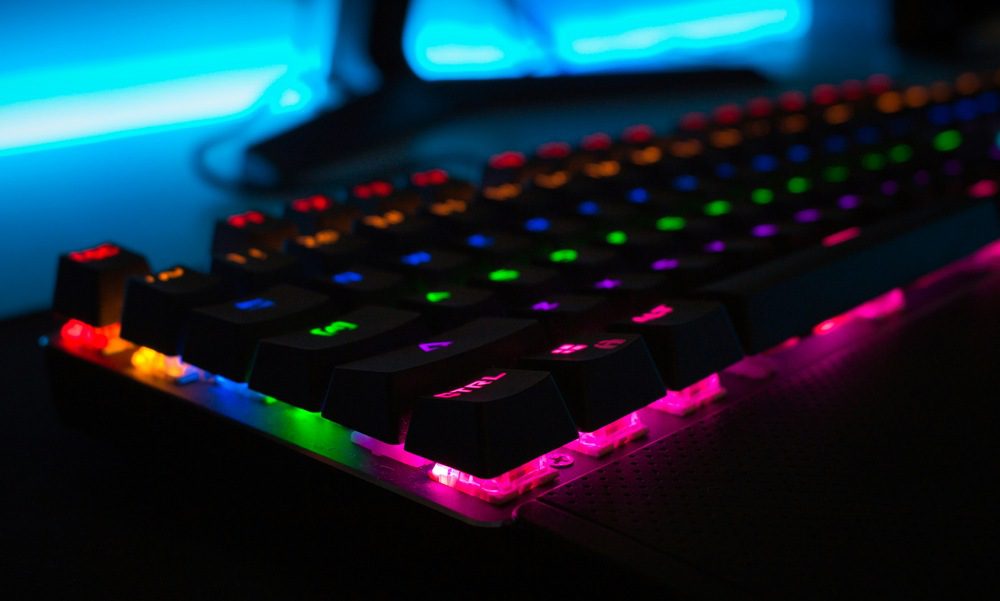
The gaming industry revenue is projected to hit the US$ 282 billion mark this year. It is expected to have a growth rate of 8.76 percent from 2024 to 2027 yearly. And this is why gaming manufacturers and companies are scrambling to create new games and continuously update current ones. Professional gamer or not, here are the top 10 2024 video games you must try.
1. Sons of the Forest

If you’re into horror movies, maybe playing one of the characters in this survival horror game will excite you. Sons of the Forest isn’t for the faint of hearts. Developed by Endnight Games, it’s the sequel of the “The Forest,” a 2014 video game. This game’s setting is on an island overpowered by cannibals. It centers on a protagonist stranded on an island and has to fend off himself from cannibals. The players can build their weapons and shelters for their survival.
2. Ultros
Ultros is about a space traveler who suddenly wakes up on a spaceship. The spaceship, called Sarcophagus, imprisons the demon Ultros. Since the ship has been overgrown with plants and inhabited by aliens, players must interact with both to stay alive. But the main goal is to prevent Ultros from waking up. Players must increase their skills by eating plants and killing aliens who have gone mad and are not the ship’s bosses.
3. Helldivers 2
Developed by Arrowhead Game Studios, Helldivers 2 is for gamers who are into third-party shooter games. This is one of the newest 2024 video games, released on February 8, 2024, for Windows and PlayStation 5. Since its release, it became the fastest-selling game of all time, hitting 12 million units in sales during the initial 12 weeks. It revolves around using “strategems,” referring to sentry guns, cluster bombs, shield generators, and supply pods. Players must complete missions and reach game objectives to earn awards, war-bond medals, and requisition slips.
4. Like a Dragon
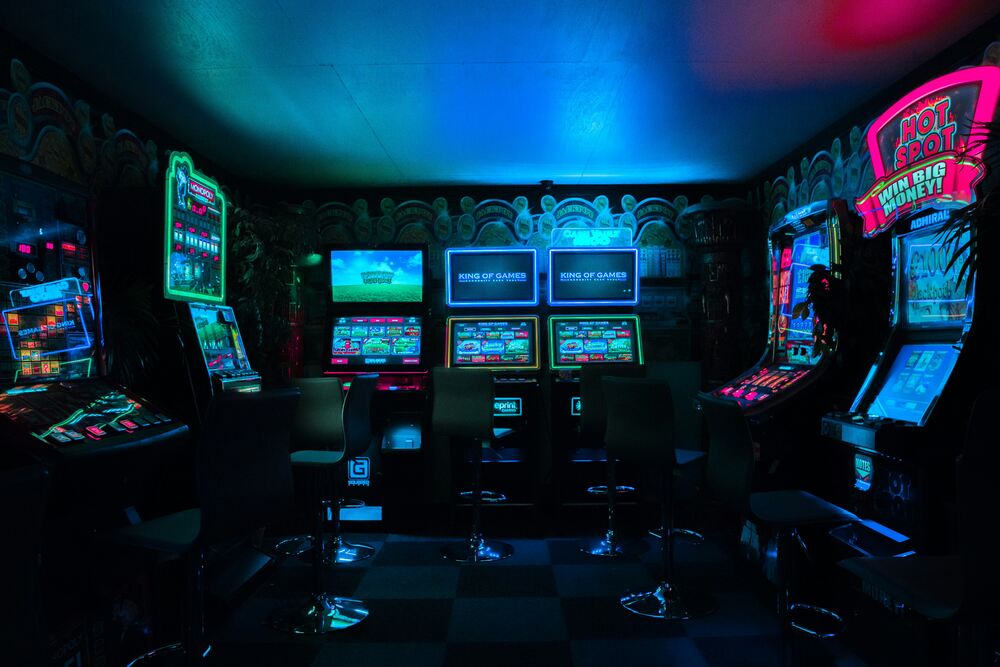
Here’s a humorous combat JRPG game for chill gamers. Developed by Ryu Ga Gotoku Studio, players control Ichiban Kasuga and Kazuma Kiryu, exploring Yokohama’s Isezaki Ijincho district, Honolulu City in Hawaii, and Kamurochō. The game uses an enhanced turn-based combat system, the “Live Command RPG” Battle System, where characters move freely, impacting combat flow. Positioning enables special attacks and team-ups. The game introduces a Hype Meter for powerful team attacks and a Smackdown mode to skip weaker fights. The Poundmates summon system returns, allowing supporting characters to join battles directly.
5. Prince of Persia
Prince of Persia is a Metroidvania game based on an action fantasy movie directed by Mike Newell in 2010. It centers on the multiple incarnations of the Prince in medieval Persia. Jaffar seizes power and locks the Sultan’s daughter in a tower. The protagonist of the game is the Prince whom the Princess loves. The player must rescue the Princess and let her out of the tower by defeating Jaffar within 60 minutes.
6. WWE 2K24
If you like wrestling, the WWE 2K24 is for you. It’s a video game series based on the WWE and is the 10th game under WWE 2K. Released on March 8, 2024, the WWE 2K24 is the newest wrestling video game with new features, improved graphics, and better overall gaming experience. Unfortunately, it drew flak from gamers due to its “incremental improvements” over its predecessor, WWE 2K23. However, you’ll still enjoy arcade and simulation wrestling gameplay. Gimmick matches, such as a casket, ambulance, gauntlet, and a special guest referee, are present within the game. The Backstage Brawl is also updated with new diverse weapons and four-player multiplayer.
7. Balatro
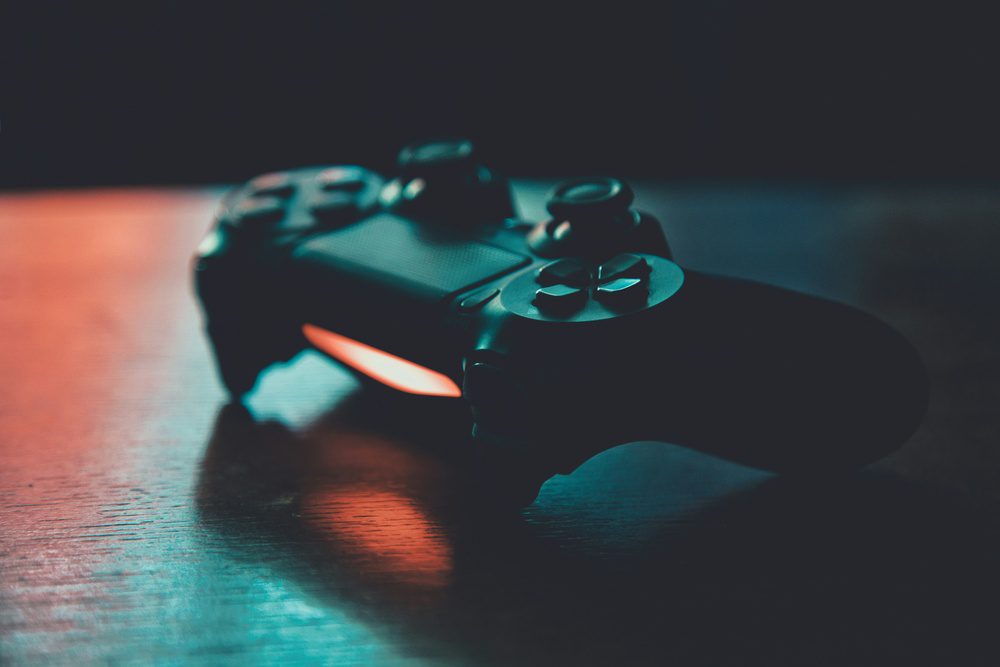
If you have a knack for numbers and strategy, Balatro is the roguelike deck-building poker-themed video game for you. Released on February 20, 2024, Balatro is on the Xbox One, Xbox Series X/S, PlayStation 4, PlayStation 5, and Microsoft Windows. It follows poker rules wherein you must defeat “blinds” and improve your deck. The overall goal is to win all 8 “antes.”
8. Hades II
Hades II is the sequel to the famous roguelike dungeon crawler game Hades in 2020. Hades II was released in early May of 2024. The successor is set in the same universe as the first Hades game, with the story revolving around the Princess of the Underworld, Melinoë. She is also the sister of the Zagreus, the protagonist of the first Hades game. The game centers on Melinoë and her mentor, Hecate. Both, with Melinoë as the star of the game, must defeat the god of time, Chronos.
9. Final Fantasy VII Rebirth
This is one of the most popular RPG games, and it is a sequel to Final Fantasy VII Remake, released in 2020. This video game is for you if you’re looking for real-time action. Players can be one of the characters belonging to the eco-terrorist group called Avalanche. The goal is to prevent Shinra from exploiting the “Lifestream.” They must also defeat Sephiroth, the former elite soldier.
10. Dragon’s Dogma 2
Dragon’s Dogma 2 is an action RPG where players control the “Arisen,” a hero marked by a dragon. Players explore, undertake quests, and battle monsters while navigating a geopolitical conflict between two kingdoms. AI-controlled allies aid the Arisen called “Pawns.” Players can customize their avatars and Pawns, choosing from various “vocations” or classes with unique abilities. The game introduces new hybrid vocations like Mystic Spearhand and Trickster. Additionally, players can recruit additional Pawns created by other players to enhance their party.
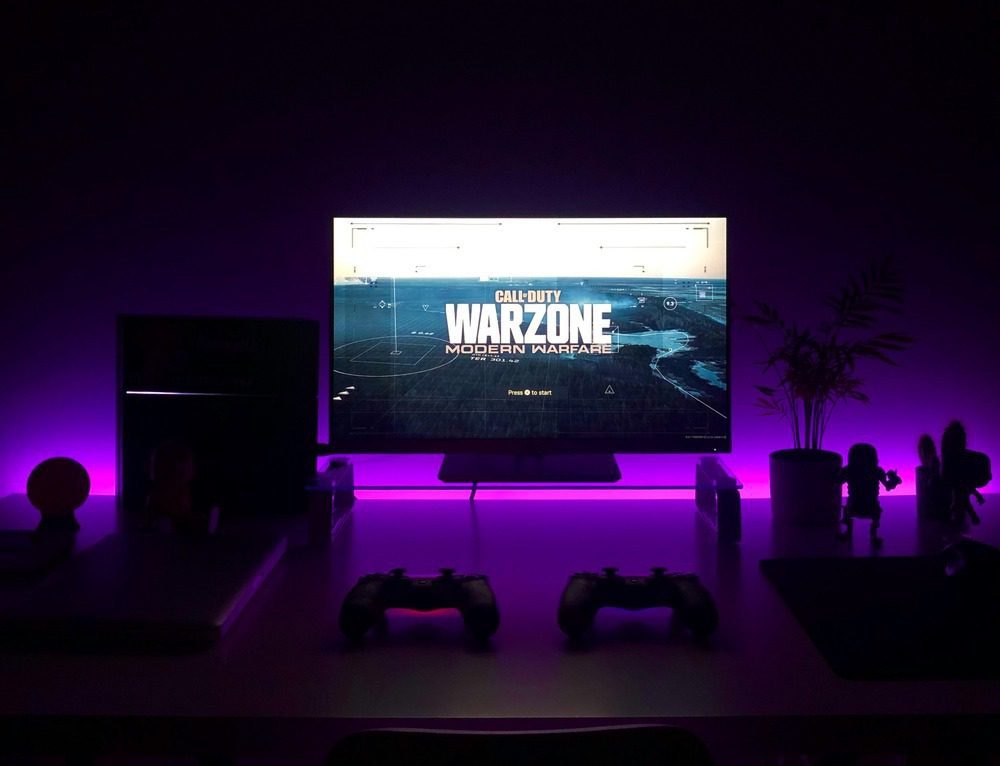
Haven’t found the right handheld gaming device? You’ve come to the right place. We’re sharing 10 best handheld gaming devices to get you those wins!
1. Valve Steam Deck
The Valve Steam Deck is a powerful handheld gaming device that excels at running modern PC games and emulating retro games with a customizable UI and sturdy build. Its cons include a bulky design, limited compatibility with some Steam games without tweaks, and a single USB-C port. It supports TV and monitor connections through a dock, starting at $399 for the LCD model and $549 for the OLED version.
2. ASUS ROG Ally
This handheld gaming device offers powerful performance with its AMD Ryzen Z1 Extreme processor, a 1080p display that comes with a 120Hz refresh rate, and Windows 11 for extensive game compatibility. While it boasts excellent build quality, a polished UI, and punchy speakers, it can run hot and lacks a carrying case. Priced at $699, it is more expensive than some competitors and has potential issues with button quality and battery life.
3. Ayaneo 2
The Ayaneo 2 is a premium handheld gaming PC with a high build quality, 1200p bezel-less display, and hall effect joysticks. It features an AMD Ryzen 7 6800U processor and supports eGPUs for enhanced performance. While its ergonomic design ensures comfortable play, it is more expensive than other handhelds, starting at $1,099. Despite its higher price, it outperforms many competitors, including the Steam Deck, in various aspects.
4. Nintendo Switch OLED
The Nintendo Switch OLED features a vibrant OLED display, an extensive game library, and versatile docked/handheld modes. While it lacks the power of PC-based handhelds and 4K capabilities, it retains the excellent features and game library of the original Switch. Its beautiful screen and functional upgrades make it appealing despite its 720p resolution and aging hardware compared to newer consoles. Priced at $349.99, it offers excellent value.
5. Ayaneo Geek
This device offers performance similar to the Ayaneo 2 at a lower price, starting at $949. It features customizable RAM and storage options but has a lower resolution and uses PCIe 3.0 instead of 4.0. This Ryzen 7 7840U handheld gaming PC is designed for comfort and functionality, with hall effect triggers, configurable macro buttons, and dual USB Type-C ports, including one with USB 4 support.
6. iPad Pro
The iPad Pro (2022) features a powerful M2 chip, an excellent display, and versatile functionality for non-gaming tasks, making it ideal for productivity and media creation. However, it’s costly and not optimized for traditional gaming controls, and additional accessories can quickly add to the cost. Starting around $799, it offers laptop-level performance, ProRes video support, and capable cameras, but its high price and the limitations of iPadOS are notable drawbacks.
7. Lenovo Legion Go
The Lenovo Legion Go boasts an 8.8-inch 2K display and detachable controllers, delivering a solid Windows gaming experience. It is excellent for indie and home gaming but is larger and heavier than most handhelds, making it less portable. Additionally, its native resolution is often underutilized in games. Priced between $699 and $749, it offers a high-quality screen and versatile gaming options.
8. Playdate
Looking for a minimalist handheld gaming device with a unique crank, exclusive indie games, and a retro design? Its compact yellow plastic case features a clicky D-pad and satisfying buttons. Despite the tiny size, it offers decent sound and a USB-C port for charging and sideloading games. With an approximate price of $179, it has a limited game library and niche appeal but stands out for its creativity.
9. Ayaneo Air
The Ayaneo Air is a compact handheld gaming device featuring powerful AMD Ryzen processors and excellent display options. Its small form factor makes it highly portable, similar to a Nintendo Switch, and it’s comfortable and quiet to use with extensive RAM and SSD options. However, its battery life is limited and comes at a premium price, starting around $549. Despite its cost, its portability and performance make it a strong contender for on-the-go gaming.
10. GPD Win 4
The GPD Win 4 is a pocket-sized handheld gaming PC with a slider keyboard, powered by an AMD Ryzen 7 7840U or Ryzen 5 7640U processor and Windows 11 support. It offers powerful performance for AAA games, up to 64GB RAM, as well as up to 4TB SSD options. However, its battery life is limited, and its complex design can make text difficult to read in some games. Priced around $800, it’s a versatile but intricate device.
9 Factors to Look for in a Handheld Gaming Device
When looking for the right handheld gaming device, ensure you’re considering these crucial components:
- Performance: Go for devices with powerful and ample RAM and processors.
- Display: Buy a high-resolution display, at least 1080p or higher
- Battery: Ensure the battery life matches your usage
- Portability: Consider the size of the device so you can play nonstop
- Connectivity: Look for multiple connectivity options, like HDMI, Bluetooth, USB-C ports, etc.
- Software and OS: Check if the operating system and interface is user-friendly
- Storage: Find sufficient internal storage that is also expandable with microSD slots, for example
- Ergonomics: Look for devices with reliable build and comfortable grip
- Price: Consider your budget and select the best handheld gaming device that offers excellent features and performance
Final Words
These best handheld gaming devices are the top picks from gamers worldwide. When selecting the right one, ensure you’re not comprising features, function against the price, and vice versa. Find that excellent balance between performance and price. Read reviews from users and check product or tutorial videos.

If you haven’t found the right gaming headphones, you’re probably not searching in the right places. Better yet, you probably don’t know how to choose one. Your gaming headphones must have excellent quality, comfortable, reliable connectivity, and multiple features. Here are the 10 best gaming headphones of 2024.
1. SteelSeries Arctis Pro

The SteelSeries Arctis Pro Wireless offers outstanding high-fidelity sound quality and a premium build. It provides the ability to connect to a console and mobile device simultaneously. The headset features an excellent microphone that filters noise and a comfortable design. Despite low wireless latency, it has limited noise isolation. The unique battery charging system enhances gaming sessions. Drawback: no dedicated microphone volume button.
2. HyperX Cloud II

This headset features low latency and balanced audio quality, including virtual surround sound. Its noise-filtering microphone is clear, and the comfortable ear cups allow for extended gaming sessions. However, the lack of software customization and breathability can lead to warm ears. Pros include good sound and comfort, but cons involve poor noise isolation and potential sound sharpness.
3. Razer BlackShark V2

Deemed as one of the top gaming headsets, the Razer BlackShark V2 provides excellent sound isolation, comfort, and high-quality sound. It delivers more accurate audio than most gaming headsets and can be worn for hours without overheating. Its downsides include an average microphone and cumbersome Synapse software.
4. Corsair Virtuoso RGB Wireless SE
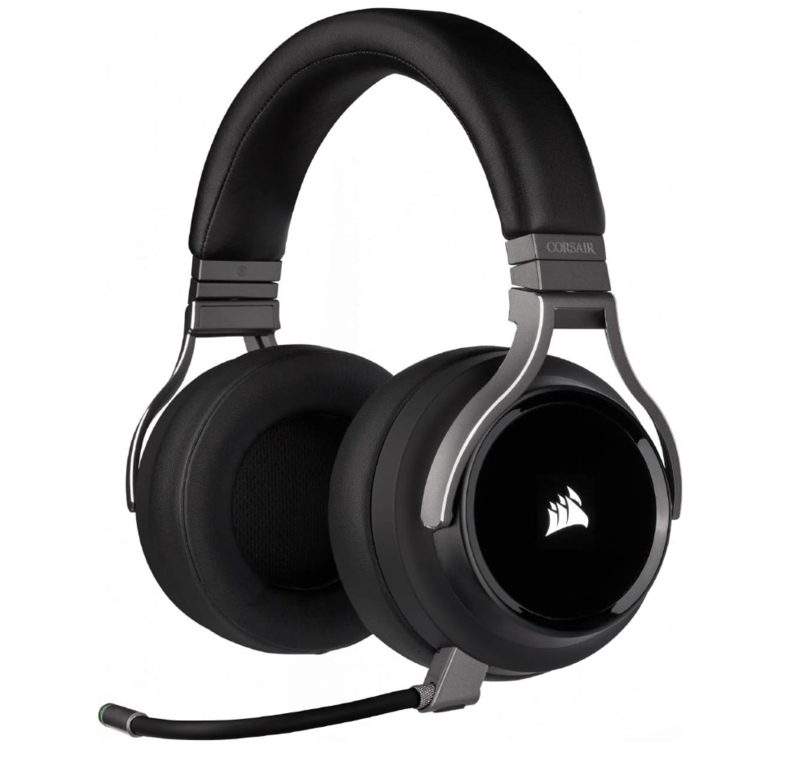
Looking for a premium gaming headset? The Corsair Virtuoso Wireless SE is a premium gaming headset offering excellent wireless connectivity, superb sound, and customizable RGB lighting. It features a high-quality microphone, long battery life, and a sturdy build. While it delivers a compelling package, its higher price, and potential heat build-up during long sessions may be drawbacks.
5. Logitech G Pro X

The Logitech G Pro X gaming headset offers professional-grade sound and Blue Voice microphone technology for clear communication. While it excels on PC with its comfortable design and extensive sound customization, its reliance on software hampers performance on consoles. The headset features multiple wired connectivity options, but the microphone may underemphasize bass.
6. Beyerdynamic MMX 150

Nothing beats this headset’s superior audio quality and comfortable design, making it an excellent choice for audiophile gamers. It features many replaceable parts and strong fundamentals, although it is best used with a wired USB connection. Despite its solid construction, the headset may be expensive, given its features and limited button functionality with a 3.5mm adapter.
7. EPOS H6PRO

The Epos H6Pro is a versatile mid-range gaming headset with exceptional audio quality and an ergonomic design. It offers a clear, punchy sound and a crystal-clear microphone. Compatibility with all systems makes it convenient, and users can choose between open or closed-back variants. The open version leaks audio, and the mic splitter can be inconvenient.
8. Astro A50

The fourth generation of the Astro A50 is a premium wireless gaming headset that offers an immersive experience with Dolby Audio. The headset features a low-latency wireless base station and a comfortable design for long gaming sessions. Its boom mic provides excellent recording quality and effective noise isolation. Onboard controls allow for volume adjustments and other settings, though occasional issues exist with the companion software. The headset’s open soundstage is a strength, but its noise isolation is lacking.
9. Audeze Mobius

The Audeze Mobius is known for its planar magnetic drivers and 3D audio technology, offering a distinctive listening experience. While it comes at a higher price, its exceptional audio quality and multiple connectivity options make it a top choice for gaming enthusiasts. The headset supports 7.1, stereo, and Bluetooth modes, and the 3D audio works well. However, the price may be a drawback, and the memory foam takes time to adapt for comfort.
10. Sennheiser GSP 670

Buying this headset offers superb sound quality, comfort, and a dependable wireless connection, all in one package. Despite its high price, it delivers top-notch audio and a good microphone. The headset is ideal for gamers seeking a premium wireless experience and remote workers needing an all-day option. However, the connection range can be inconsistent.
For more tech and gaming recs, check out more here at Owner’s Mag!

Top 12 Uses for The Metaverse That Will Change Your Life

Top 10 Best Places to Buy a Mid Century Modern Office Chair

The Best Online Payroll Services [Updated for 2025]

Top 10 Small Business Organization Tools for 2025

8 Best Equipment for YouTube Every Content Creator Needs

Merck Seagen Buyout: What to Know About the Deal

The Rise and Fall of Juul: Once a Silicon Valley Darling, Now Banned by FDA

What’s the Deal With Elomir? Is Axis Klarity a Scam?

Why Having an Advisory Board Could Make or Break Your Startup

Top 10 Best Places to Buy a Mid Century Modern Office Chair

Loom Review: Features, Use Cases, and How It Stacks Up Against Zoom

8 Best Equipment for YouTube Every Content Creator Needs

The Rise and Fall of Juul: Once a Silicon Valley Darling, Now Banned by FDA

The Best Ways to Recession Proof Your Business
Trending
- Business1 day ago
Top 10 Best Places to Buy a Mid Century Modern Office Chair
- Technology3 days ago
8 Best Equipment for YouTube Every Content Creator Needs
- Technology3 days ago
Top 10 Small Business Organization Tools for 2025
- Technology1 day ago
Top 12 Uses for The Metaverse That Will Change Your Life
- Business2 days ago
The Best Online Payroll Services [Updated for 2025]





